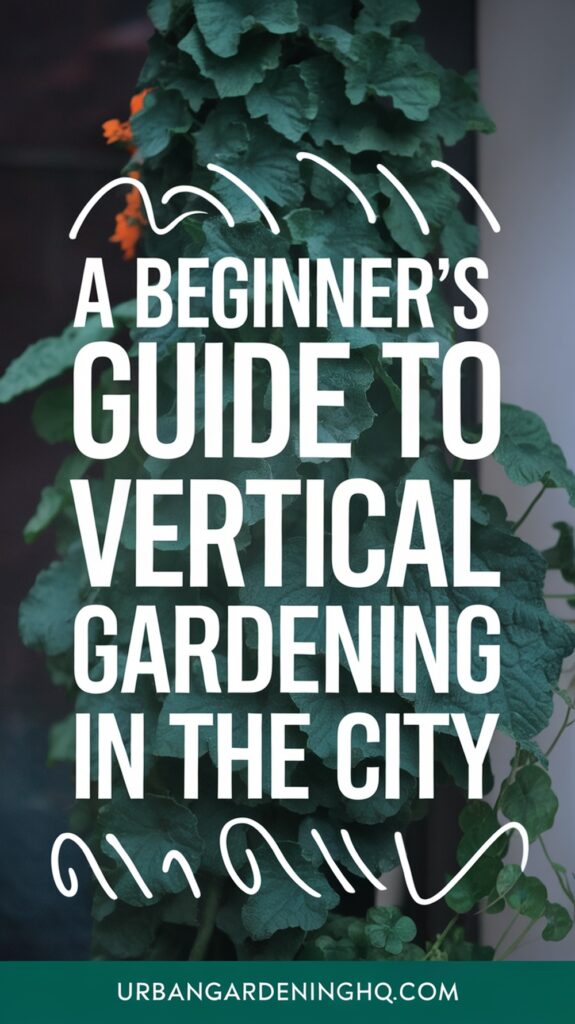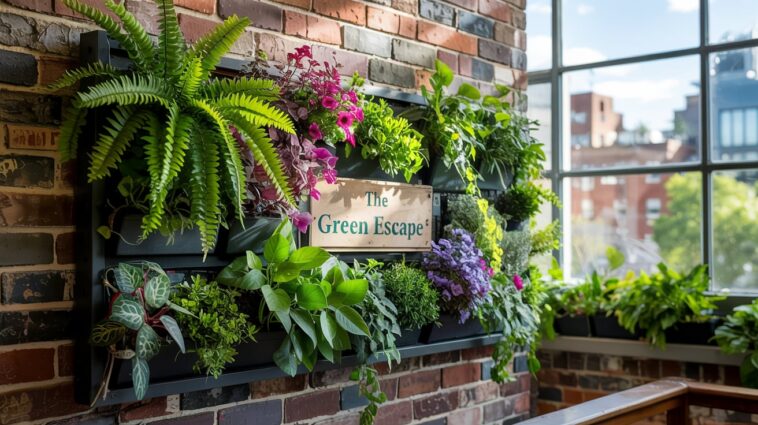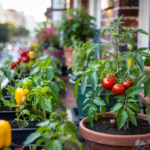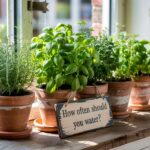Living in the city has its perks—great food, lively neighborhoods, and everything just a walk away. But as someone who loves gardening, the one thing I used to struggle with was space. When you don’t have a backyard, gardening can feel impossible. That’s when I discovered vertical gardening—and it completely changed how I grow my plants. If you’re a city dweller dreaming of fresh herbs, lush greens, or even strawberries growing right outside your window, vertical gardening might be your new favorite hobby.
Let me walk you through how I started and what I’ve learned about vertical gardening in the city—from choosing the right setup to picking the best plants.
What is Vertical Gardening?

Vertical gardening is exactly what it sounds like: growing plants upward instead of outwards. Instead of spreading your garden across a large patch of land, you use structures like trellises, shelves, wall planters, and hanging pots to grow vertically. This technique maximizes limited space and turns small balconies, patios, or even indoor walls into thriving green spots.
Why I Chose Vertical Gardening
I live in an apartment with a small balcony and a sunny kitchen window. Before vertical gardening, I thought my options were limited to one or two potted herbs. But once I started stacking planters and using hanging containers, I was suddenly growing lettuce, basil, strawberries, and even cherry tomatoes!
Here’s what I love most about vertical gardening:
- It saves space.
- It looks beautiful and adds greenery to my home.
- It makes watering and harvesting easier.
- It can be done indoors or outdoors.
Getting Started: Planning Your Vertical Garden
Assess Your Space
The first step I took was figuring out where I could realistically grow plants. I looked at:
- The size of my balcony railing
- Empty wall space near windows
- Sun exposure throughout the day
Sunlight is crucial—most edible plants need 6-8 hours of light. My balcony gets morning sun, which made it perfect for herbs and leafy greens.
Choose the Right Structure
There are so many creative options when it comes to vertical gardening. Here are a few that worked for me:
- Wall planters: Great for herbs and succulents.
- Hanging baskets: Perfect for strawberries and cascading plants like nasturtiums.
- Tiered shelves or plant stands: Good for small containers and keeping everything organized.
- Pallet gardens: You can upcycle a wooden pallet, lean it against a wall, and fill it with soil and plants.
If you’re DIY-inclined, you can even build your own vertical garden with recycled materials.
Best Plants for Vertical Gardening
Not all plants thrive in a vertical setup, but there are many that absolutely love it. Over the past few seasons, these have become my go-to choices:
Leafy Greens
Spinach, arugula, and lettuce grow fast and don’t need deep soil. I grow these in shallow containers mounted to a vertical frame.
Herbs
Basil, parsley, mint, thyme, and oregano are easy to grow and maintain. I like to keep them in small wall-mounted pots close to the kitchen.
Vining Vegetables
Tomatoes, peas, beans, and cucumbers love to climb. With a sturdy trellis, I’ve had great success growing cherry tomatoes and pole beans on my balcony.
Strawberries
Strawberries grow beautifully in hanging baskets. Just make sure they get plenty of sun and regular watering.
Flowers
Marigolds, petunias, and nasturtiums add color and help attract pollinators if your garden is outside.
Soil and Watering Tips
Vertical gardening has its own challenges when it comes to soil and water. Here’s what I’ve learned:
Use Good-Quality Potting Mix
Don’t use regular garden soil. It’s too heavy and won’t drain well in containers. I use a lightweight potting mix with compost mixed in for nutrients.
Don’t Forget Drainage
Make sure every container has a drainage hole. Water needs to flow freely to prevent root rot.
Watering from Top to Bottom
Water tends to flow down, so the top containers often get drier than the ones below. I water my vertical setups from the top and keep an eye on how much water reaches the lower pots. Some gardeners use a drip irrigation system—especially for bigger setups.
Maintaining Your Vertical Garden
Once everything is planted, maintenance is surprisingly simple.
Regular Pruning
Pruning keeps your plants healthy and encourages new growth. For example, I pinch off basil flowers to keep the plant producing leaves.
Feeding Your Plants
In containers, nutrients get used up quickly. I feed my vertical garden with a diluted liquid fertilizer every 2–3 weeks. Herbs need less, but vegetables appreciate the extra boost.
Watch for Pests
Aphids and spider mites sometimes find their way into container gardens. I spray plants with a gentle soap-and-water solution if I see pests, and I check my plants regularly.
Decorating with a Purpose
One of my favorite things about vertical gardening is how it transforms a space. I’ve turned a once-bare wall on my balcony into a lush green backdrop with a mix of herbs and colorful blooms. It’s not just about function—it’s about beauty, too.
I use wooden crates, painted metal wall grids, and terra cotta pots to create a space that’s both productive and stylish. And yes, I’ve definitely taken a few Instagram-worthy photos!
Final Thoughts
Starting a vertical garden completely changed my urban gardening journey. What felt like a limitation—no yard, little space—became an opportunity to get creative. Now, I enjoy fresh herbs in my meals, harvest veggies from my balcony, and wake up to a wall of green that brightens my day.
If you’re new to vertical gardening, start small. A few pots on a wall or a hanging basket of strawberries is all you need to get going. With a bit of care and creativity, your city home can be full of life and fresh food.
Happy planting!


